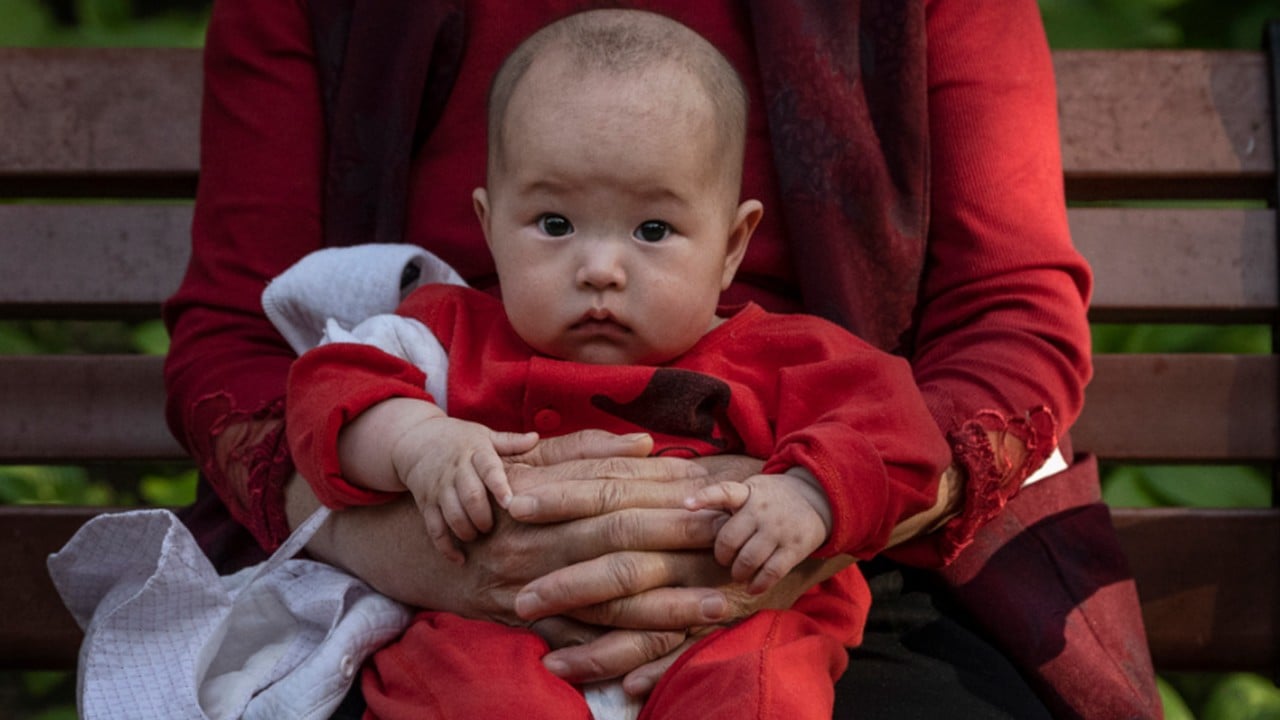
China’s birth rate incentives not yet moving the needle for weary families
- Official data shows population of second and third children falling in absolute terms along with firstborns
- Local, national measures to encourage births not having the desired effect, as multiple factors depress motivation for growing already existing families
Pronatalist policy is having less of a stimulus effect on China’s falling birth rate than intended, as families that already have one child appear uninterested in raising more.
The number of babies born second or later in Chinese families last year accounted for 53.9 per cent of all newborns, down from 55.9 per cent in 2021 according to data released by the National Health Commission (NHC) on Thursday.
While the total number of newborns missed the 10 million mark for the first time last year, standing at 9.56 million, those born second and third fell by over 678,000 and 106,000 respectively compared with 2021.
The number of firstborns also dropped by over 276,000 – a less drastic shift than the others as a proportion of the total.
“[Whether they are] first, second or third, different groups of newborns all decreased in absolute numbers,” said independent demographer He Yafu. “[This suggests] there are fewer women at child-bearing age and the birth rate is declining.”
The fall was observed as China struggles to boost its birth rate while the population shrinks and ages more quickly than almost every other country.
Timeline of decline. How has China’s demographic crisis emerged?
Chinese parents are cautious about having more babies thanks to a number of factors, including high living expenses and education costs, despite recent incentives from local authorities ranging from cash rewards to home-purchase subsidies.
On the national level, China ended its controversial one-child policy in 2016 by allowing all couples to have two children, and further relaxed it to three in 2021.
“The smaller proportion of second children means the immediate bump after the second-child policy is nearly over,” He said. “There’s a slight increase in the proportion of third children, meaning the third-child policy is working, but not making a big change.”
Despite these policy changes and incentives, China’s demographic outlook has become bleaker.
At the same time, population ageing is set to accelerate. By 2035, the nation’s average life expectancy will exceed 80 years old, up from 78.2 in 2021, He Dan said. The number of those aged 80 years or older will reach 70 million by 2035, and 1.4 billion by 2050, according to her estimation.
Additional reporting by Luna Sun


